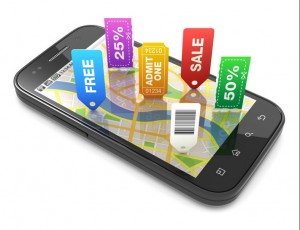Properly Engaging Your Customers with Mobile Apps
With apps being at the core of a consumer’s mobile experience, more companies are optimizing their apps for their consumers. Your company’s app experience is the difference between maintaining an active, happy userbase and an entire demographic labeling your firm as out of date and irrelevant. Ensure your app promotes your business with these simple tips:
- Keep it Simple: A minimal interface is best, as is an interface that lets customers tailor their app experience to their needs.
- Make it Fast: Ensure that your app’s code is clean and functional to increase load speeds. Just an extra second added to the load time can lose you 16% of your users.
- Keep Content Useful: Don’t have an app for just the app’s sake. Whether it is a price comparison tool or a reference book for your product, ensure that your app provides utility for your consumer so they’ll have a reason to download it.
Having an app is a great way to maintain contact with your customers. It will also help you reach a demographic of tech savvy people that otherwise would have never interacted with your brand. By following these tips, you’ll ensure your app maintains a healthy relationship with its users, resulting in an increased number of engaged and loyal customers.









